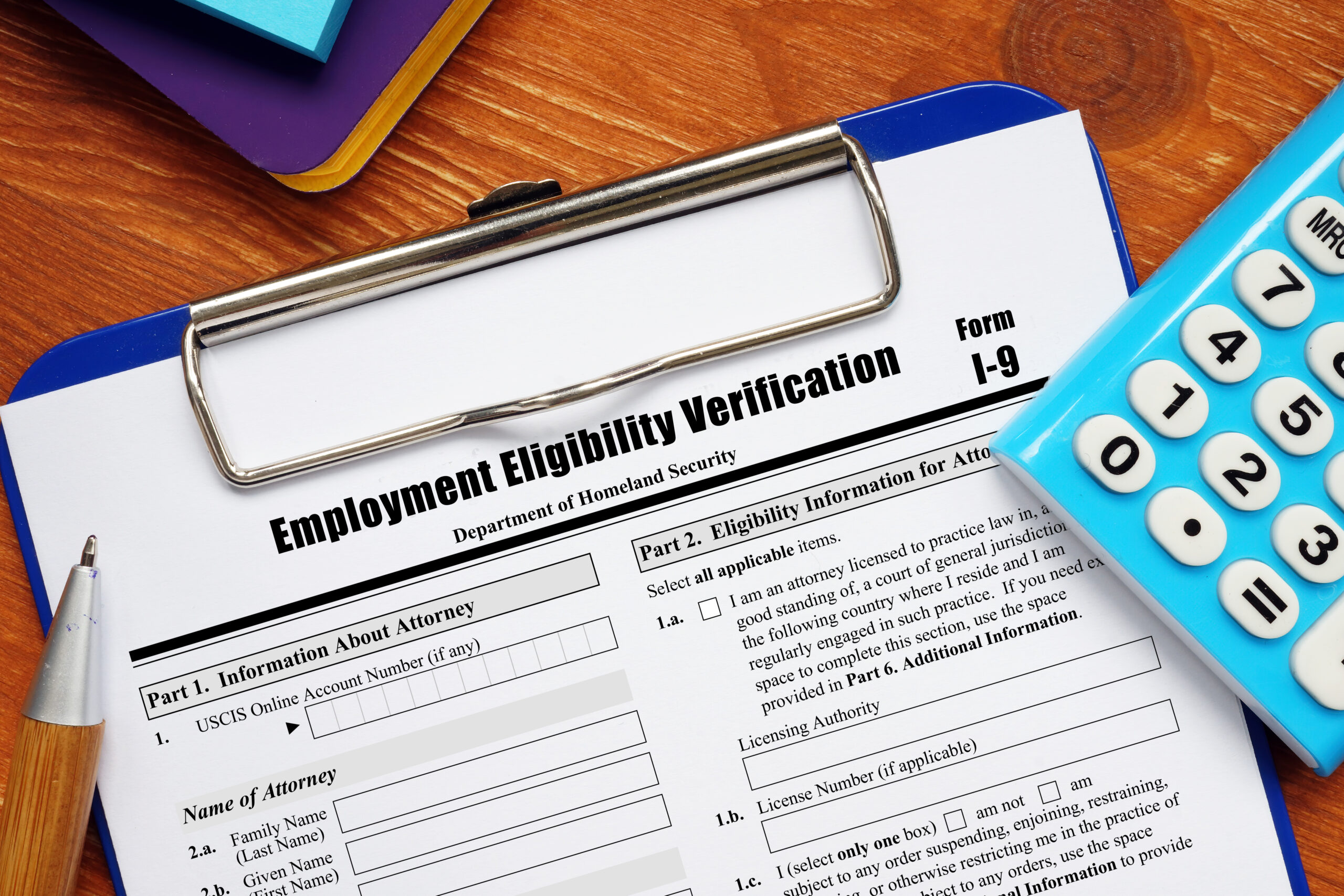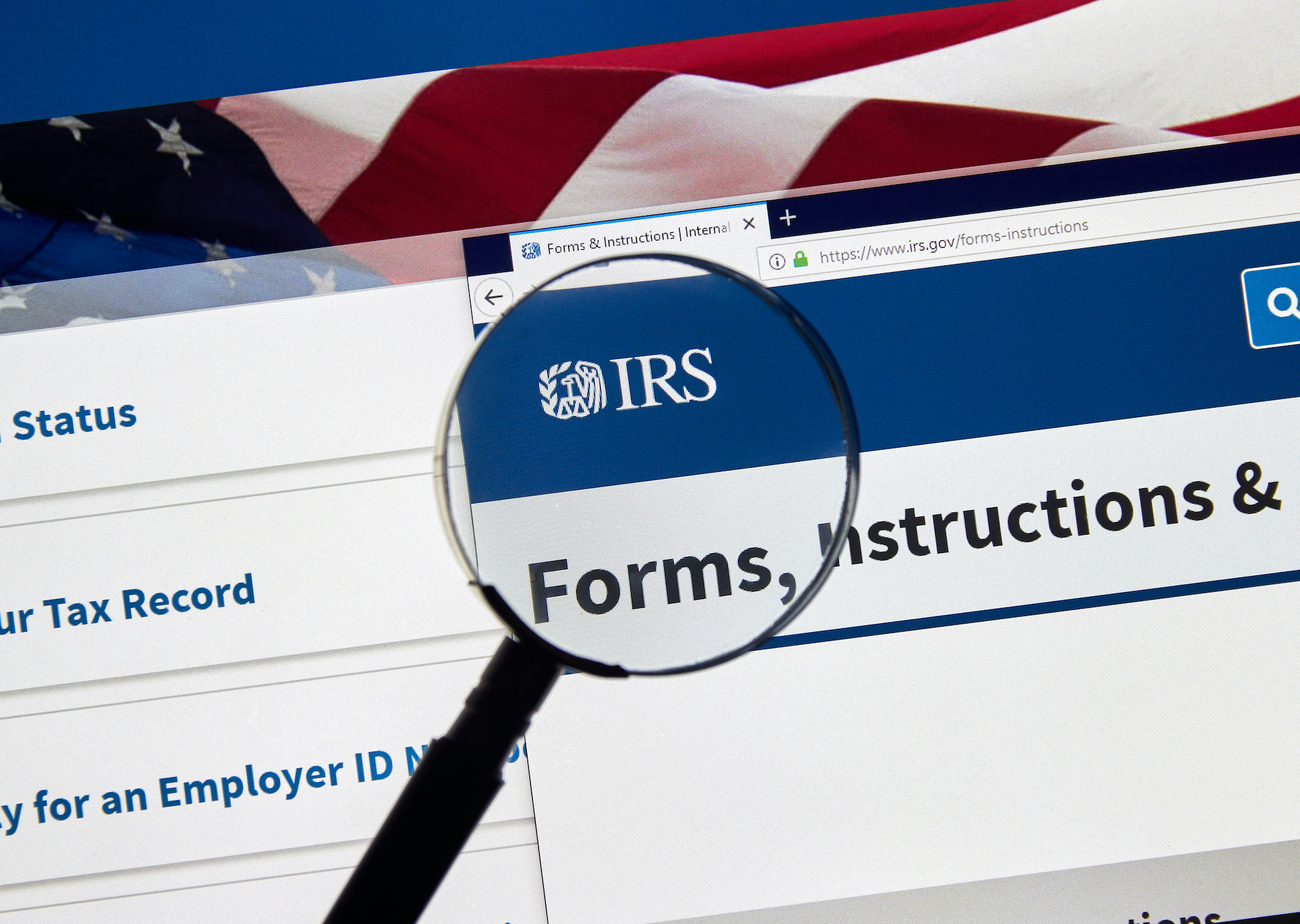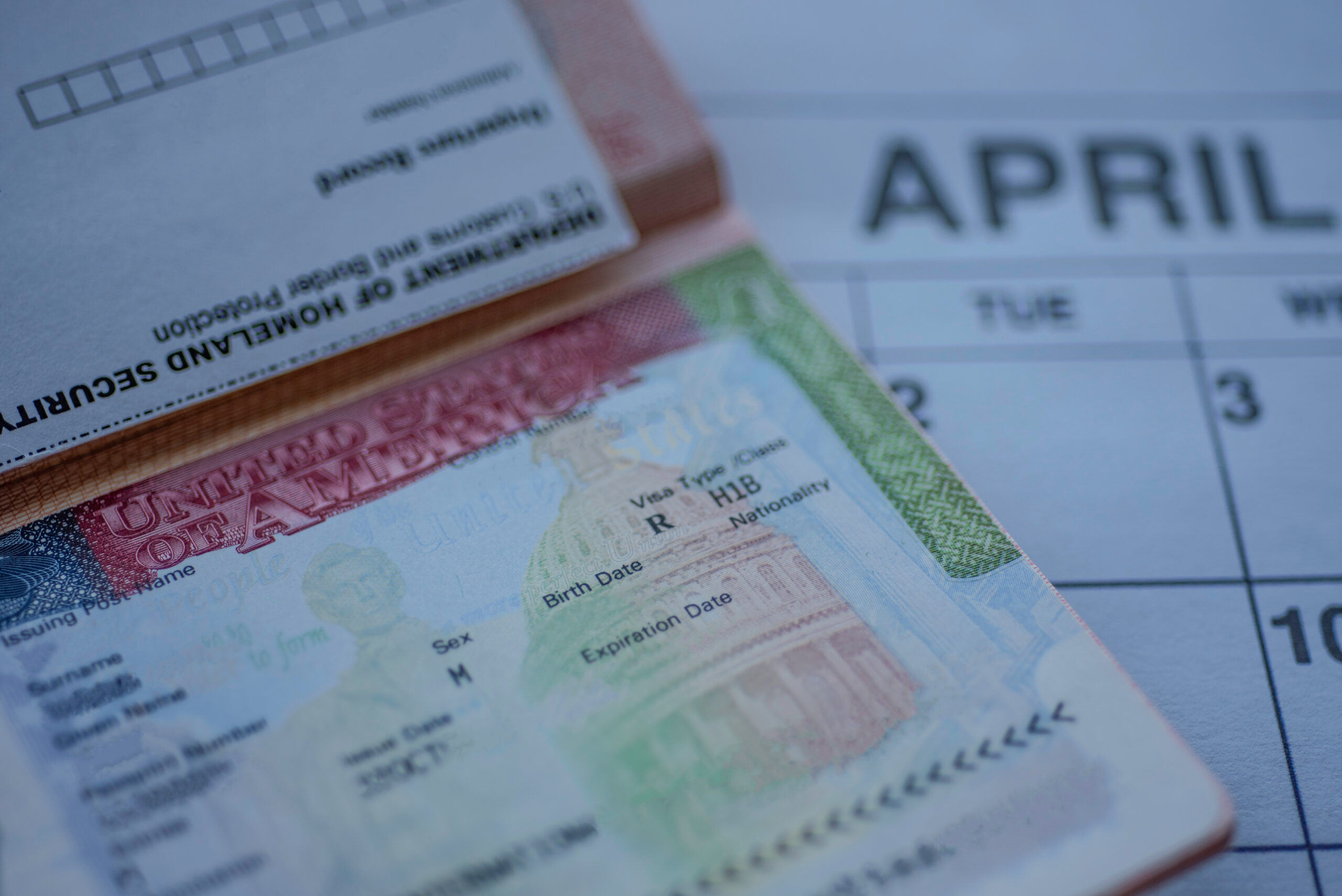The new law allows eligible employees being entitled to up to 12 weeks of paid family leave when they are out of work for the following qualifying reasons:
- to care for a family member with a serious health condition;
- to bond with a child during the first 12 months following birth or placement for adoption or foster care; or
- because of a qualifying exigency arising from the fact that the employee’s spouse, domestic partner, child, or parent is on active duty (or has been notified of an impending call or order to active duty) in the armed forces.
Family Leave Law Eligibility
To be eligible for paid family leave, employees must work for a covered employer – as defined under the New York Disability Law – for 26 or more consecutive weeks. Family leave benefits will be phased in as follows:
- Beginning on January 1, 2018, eligible employees will receive up to 8 weeks of paid family leave. This occurs in a 52-week calendar period at 50% of the employee’s average weekly wage. It is capped at 50% of the state average weekly wage;
- Beginning on January 1, 2019, eligible employees will receive up to 10 weeks of paid family leave in a 52-week calendar period at 50% of the employee’s average weekly wage, capped at 50% of the state average weekly wage;
- Beginning on January 1, 2020, eligible employees will receive up to 10 weeks of paid family leave in a 52-week calendar period at 60% of the employee’s average weekly wage, capped at 60% of the state average weekly wage; and
- Beginning on January 1, 2021 and each year after that, eligible employees will receive up to 12 weeks of paid family leave in a 52-week calendar period at 67% of the employee’s average weekly wage, capped at 67% of the state average weekly wage.
Additional Circumstances
Family leave benefits may be payable to employees for family leave taken intermittently. Also, for less than a full workweek in increments of one full day or one-fifth of the weekly benefit. Significantly, employers are not required to fund any portion of this benefit. Rather, the program is funded entirely through a nominal employee payroll deduction.
Entitlement to paid family leave is also subject to certain medical certification and notification requirements. Paid family leave benefits must be used concurrently with leave under the Family and Medical Leave Act. In addition, employees are prohibited from collecting disability and paid family leave benefits concurrently.
In addition to paid leave, this legislation contains a provision for the continuation of health benefits. These are as follows: “In accordance with the Family and Medical Leave Act, during any period of family leave the employer shall maintain any existing health benefits of the employee in force for the duration of such leave as if the employee had continued to work from the date he or she commenced family leave until the date he or she returns to employment.”
Note that the next 2 sections are based on proposed regulations which have already been updated. It is likely that there will be additional changes between now and January.
How will the Family Leave Law Be Administered?
The current intent is for employees to apply directly to the employer’s insurance carrier for Family Leave benefits. The employer merely completes one section of a claim form before it is submitted to the carrier by the employee. The insurance carrier makes the final determination — not the employer. The proposed regulations provide specific details on the format, contents, and timing of claims and decisions on claims. This is significant because the insurance carrier’s determination will have an impact beyond the payment of benefits to the employee. It will also require the employer to protect the employee’s job. Also, to maintain his/her health insurance benefits for the duration of the leave. Additionally, for employers and employees covered by the Family and Medical Leave Act, FMLA and Family Leave benefits will typically run concurrently.
Employers will be faced with a situation where they are making a leave decision simultaneously with an insurance carrier for the same exact leave. There could be a situation where the employer denies leave, and the carrier approves it. Additionally, the proposed regulations do not include any key employee exceptions like FMLA. Thus, no matter the size of the employer or the role played by the employee, once the carrier approves the leave, the employer must grant it and guarantee reinstatement at the conclusion of the leave.
The regulations set up an arbitration system for the purpose of appealing claims denials. The arbitrator is appointed by the State Workers’ Compensation Board.
What about Paid Time Off?
Employers can require employees to use accrued paid time off for the requested Family Leave time. If the employee elects to use accrued paid time, the employee is still entitled to be reinstated. If an employee declines this option, he or she can effectively save PTO. It can be used after his or her return from Family Leave. (This is likely inconsistent with the reason the employer offered various forms of PTO in the first instance).
The regulations do allow Family Leave and FMLA leave to run concurrently. However, this will hinge on the employer designating the leave as FMLA leave. This is done by providing the notice required under the federal FMLA regulations. Employers need to remember to provide the FMLA designation notice. The insurance carrier’s acceptance of a claim for Family Leave benefits does not automatically cause FMLA leave to run concurrently. Also related to the interplay with FMLA, the differing eligibility standards between Family Leave and FMLA sets up a situation where a new employee becomes eligible after only working 26 weeks for the employer. They can immediately take up to 12 weeks of job-protected leave. Once the employee returns to work and reaches the FMLA threshold of 1,250 hours in 12 months, they are eligible for another 12 weeks of leave.
Unionized employers with leave provisions in their collective bargaining agreement that are at least as favorable to employees as the Family Leave program are exempt from the law. However, it is not clear who will make the determination of whether the agreement’s benefits are sufficiently favorable.





